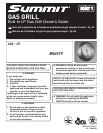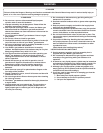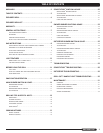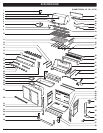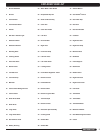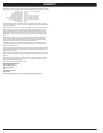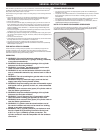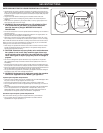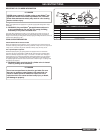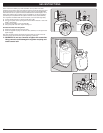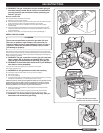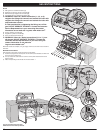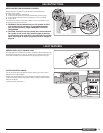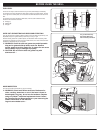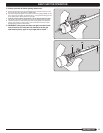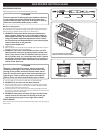Special offers from our partners!

Find Replacement BBQ Parts for 20,308 Models. Repair your BBQ today.

Buy Weber Grill Parts. It couldn't be easier. Find your Weber parts here.
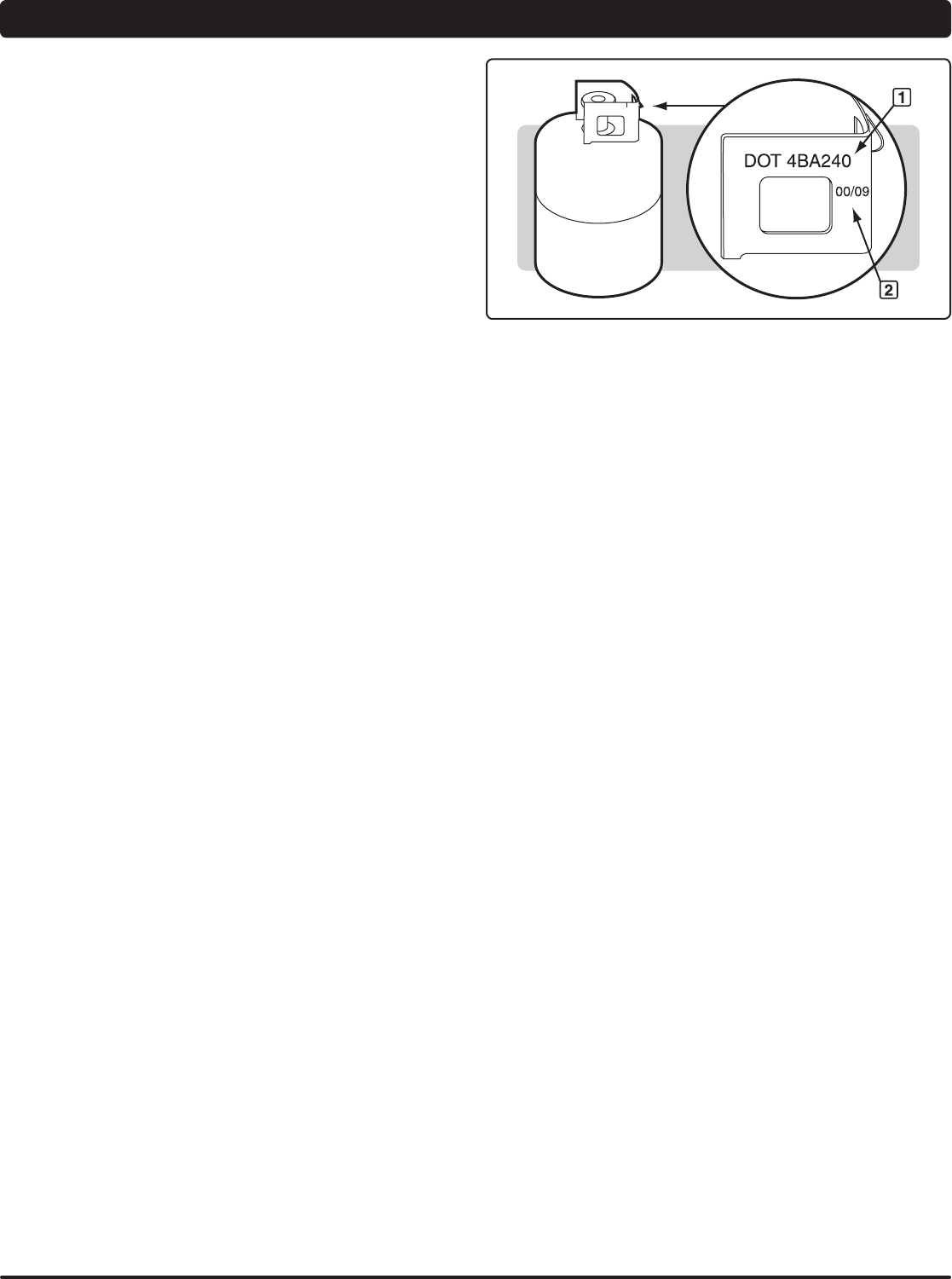
8
GAS INSTRUcTIoNS
SAFE HANDLING TIPS FOR LIQUID PROPANE GAS CYLINDERS
• Liquid Propane (LP) gas is a petroleum product as are gasoline and natural gas. LP
gas is a gas at regular temperatures and pressures. Under moderate pressure, inside
a cylinder, LP gas is a liquid. As the pressure is released, the liquid readily vaporizes
and becomes gas.
• LP gas has an odor similar to natural gas. You should be aware of this odor.
• LP gas is heavier than air. Leaking LP gas may collect in low areas and prevent
dispersion.
• To fill, take the LP cylinder to a gas propane dealer, or look up “gas-propane” in the
phone book for other sources of LP gas.
m WARNING: We recommend that your LP cylinder be filled
at an authorized LP gas dealer, by a qualified attendant,
who fills the tank by weight. IMPROPER FILLING IS
DANGEROUS.
• Air must be removed from a new LP cylinder before the initial filling. Your LP dealer is
equipped to do this.
• The LP cylinder must be installed, transported and stored in an upright position. LP
cylinders should not be dropped or handled roughly.
• Never store or transport the LP cylinder where temperatures can reach 125° F (too
hot to hold by hand - for example: do not leave the LP cylinder in a car on a hot day).
Note: A refill will last about 18-20 hours of cooking time at normal use. The fuel scale, a
feature on some of our grills, will indicate the propane supply so you can refill before
running out. You do not have to run out before you refill.
• Treat “empty” LP cylinders with the same care as when full. Even when the LP tank
is empty of liquid there still may be gas pressure in the cylinder. Always close the
cylinder valve before disconnecting.
m CAUTION: Place dust cap on cylinder valve outlet whenever
the cylinder is not in use. Only install the type of dust cap
on the cylinder valve outlet that is provided with the cylinder
valve. Other types of caps or plugs may result in leakage of
propane.
• Do not use a damaged LP cylinder. Dented or rusty LP cylinders or LP cylinders
with a damaged valve may be hazardous and should be replaced with a new one
immediately.
• The joint where the hose connects to the LP cylinder must be leak tested each time
the LP cylinder is reconnected. For example, test each time the LP cylinder is refilled.
• Be sure the regulator is mounted with the small vent hole pointed downward so that it
will not collect water. This vent should be free of dirt, grease, bugs etc.
• The gas connections supplied with your Weber
®
gas appliance have been designed
and tested to meet 100% CSA and ANSI requirements.
m WARNING: Replacement LP tanks must match the regulator
connection supplied with this Weber
®
gas appliance.
Liquid Propane Cylinder Requirements
• Check to be sure cylinders have a D.O.T. certification (1), and date tested (2) is within
five years of use. Your LP gas supplier can do this for you.
• All LP tank supply systems must include a collar to protect the cylinder valve.
• The LP cylinder must be a 20-lb. size approximately 18¼ inches high, 12¼ inches in
diameter.
• The cylinder must be constructed and marked in accordance with the Specifications
for LP - Gas Cylinders of the U.S. Department of Transportation (D.O.T.) or the
National Standard of Canada, CAN/CSA-B339, Cylinders, Spheres and Tubes or
Transportation of Dangerous Goods; and Commission, as applicable.
Canadian Liquid Propane Cylinder Requirements
Note: Your retailer can help you match a replacement tank to your barbecue.
• The LP cylinder must be constructed and marked in accordance with the
specifications for LP gas cylinders, T.C.
◆



